13 Things Distinctly Nicaraguan
All the countries of Central America and Mexico (except Belize) share many things in common, much of that due to their long histories as colonies of Spain. The Spanish left huge marks on these lands, including the typical Spanish-style colonial towns and cities, the Spanish language, genes, cuisines and customs.
These countries also all rely greatly on corn, rice and beans as agricultural and dietary staples. They all produce world-class coffee and most also produce good chocolate.
And being part of the same land mass, they have very similar topographies, vegetation, animals and birds, climates and seasons.
That having been said, each country also has its own distinctive character, variations in Spanish language, local cuisines, arts & crafts, daily customs and produce/merchandise.
Here are some distinctly Nicaraguan things that jumped out at me soon after I arrived. These are things I haven’t seen in other Central American countries or Nicaraguan products that somehow differ or stand out from those in neighboring countries. And they will continue to typify Nicaragua for me.
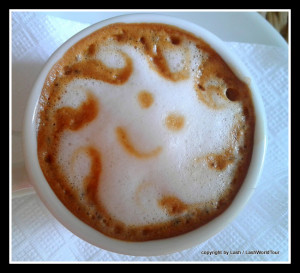 1. Gourmet Dark Roast Coffee
1. Gourmet Dark Roast Coffee
Mexico and all the countries of Central America are huge producers of high quality coffees. What distinguishes Nicaraguan coffee – for me anyhow – is that they make a lot of dark roast coffees. This is quite different from all the other Central American countries, where it’s nearly impossible to find dark roast, especially in restaurants, cafes and hotels, which all seem to serve medium roast.
If you’re not really into espresso coffees, you might not know the difference or care which type of roast you drink. But for me, it makes a huge difference. Basically, the flavors are completely different.
After having to search desperately for dark roast coffee in every other country, I was thrilled and amazed to discover in Nicaragua that it’s extremely easy to find dark roast! Nearly every supermarket sells at least one quality brand of dark roast. Even many cafes in Nicaragua serve dark roast espressos. Which means that I an actually, at long last, enjoy an espresso at a cafe from time to time. Yippie~!
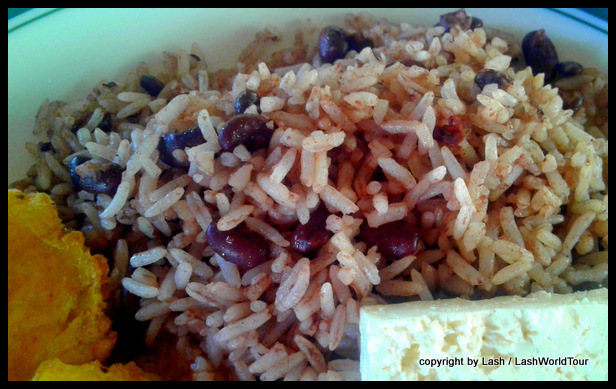
gallo pinto with fried plantains and cheese
2. Gallo Pinto
Nicaragua’s take on the standard beans and rice dishes common all over Central America is called Gallo Pinto. Instead of the beans and the rice being served separately, they are mixed together in Nicaragua. Specifically, the Nicaraguans use dark red beans mixed with white rice.
Gallo Pinto is a main part of the traditional Nicaraguan breakfast, which consists of eggs, gallo pinto, fried plantains, tortillas and coffee. Locals also eat gallo pinto for lunch and/or dinner.
It’s certainly not my favorite thing to eat in the world. Lol. But it is very nutritious and filling, for what it’s worth.
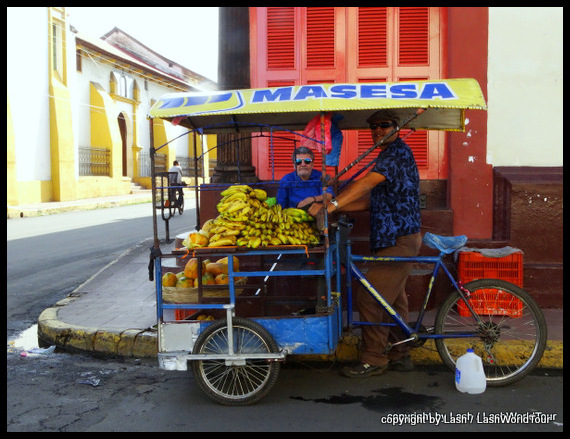
fruit vendors in Leon
3. Unusual personal names
In Mexico and the other Central American countries I commonly meet locals with typical Spanish names like Juan, Jose and Maria. But in Nicaragua I’m continually meetings nationals with rather unusual names, many of which I’ve never heard before.
I’ve met Maykel, Oswaldo, Saskya, Lesbia, Indiana and other interesting personal names. Probably two of three Nicaraguans I meet have a name that I’ve rarely or never encountered before. It’s a fresh change from ‘Juan’ and ‘Carlos’, but it does make people’s names harder to remember, I must admit.
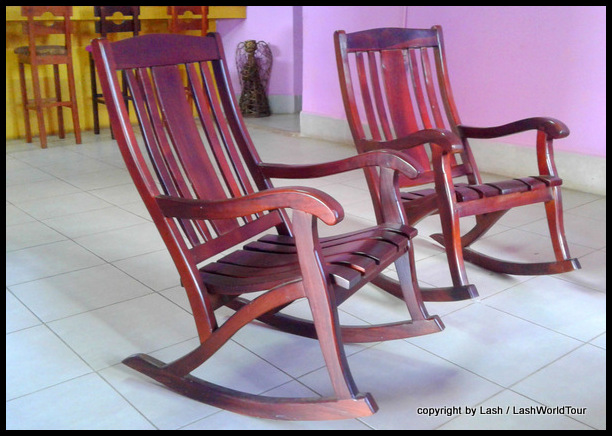 4. Stately Rocking Chairs
4. Stately Rocking Chairs
As soon as I arrived at my first hostel in Leon, Nicaragua, I noticed several big, stately wood and rattan rocking chairs in all their sitting rooms. That was a first for Central America!
As I wandered the streets of Leon and visited dozens of hostels, hotels and guest houses, I quickly discovered that nearly every hotel, hostel and home is fitted out with these luxurious, loungy rocking chairs.
I’ve continued seeing these lovely rocking chairs every place I’ve visited in Nicaragua, including cities, towns and rural areas. They seem to be a perennial favorite among locals.
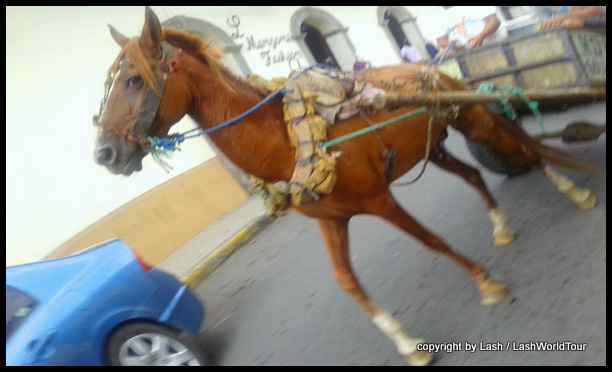 5. Working oxen and horses
5. Working oxen and horses
Many of the countries in this region of the world still use farm animals for tasks like hauling produce, wood and stones; rounding up cattle or sheep; transportation. At least in very rural areas.
In addition, in particular towns and cities in some countries, horse and carts are used as taxis or pleasure rides for tourists. Horseback riding is also a popular activity in many places.
So this is not entirely unique to Nicaragua. However, the use of horses and oxen for daily work is a lot more prevalent in Nicaragua.
In both Leon and Granada many working horse and carts share the roads with cars, buses and taxis. They are primarily busy hauling merchandise.
In Granada, dozens of eye-catching dual-horse carriages carry tourists around for tours of the town and lakeside.
Out in the rural areas of Nicaragua, including at beaches, teams of oxen are out hauling heavy carts full of wood, stones, bananas & plantains and other farm produce.
6. Volcano Boarding
Volcano Boarding was invented at the volcanoes near Leon, Nicaragua. As far as I know, this adrenaline tourist activity is still only offered in Nicaragua.
It involves sliding down a steep volcanic-ash slope on a kind of sled, invented for the purpose. Participants must first carry their board up the volcano. Then, fitted out in a full-body-covering cloth suit, they roar down the steep slopes one by one, with the encouragement of a local guide.
I have to admit that I didn’t try it, though it’s definitely something right up my alley. The thing is, by 2017 the prices for volcano boarding have gone up drastically. At my time of visit in 2017, it cost about $30 US, where as I’d previously heard rates of just $10 only a few years earlier. Sigh.
Anyhow, I’ve actually already done volcano boarding! On my own. In Java, Indonesia in 2001. Yes!
I solo summit-ed Java’s highest volcano, Mt. Semeru, whose upper cone is entirely exposed volcanic ash/gravel/stone. While descending, it struck me that I might be able to easily just slide right down the mountain. I happened to have a large grain sack covering my backpack, so I placed it on the ground, sat down and whhirrrr! Down the slopes of Mt. Semeru I rode!
So commercial volcano boarding might have been invented in Nicaragua. But I inadvertently invented it myself on the other side of the world more than a decade ago. So there.
7. Flor de Cana Rum
Rum production historically began in Cuba then later spread to Puerto Rico and surrounding countries. Mexico, Guatemala also produce their own locally-brewed rums.
Flor de Cana (‘flower of the cane’, as in sugar cane) is Nicaragua’s own high-quality brand rum. The company is based near Leon and produces several different grades of rum, both golden and clear.
As a local product, Flor de Cana is quite inexpensive and easy to come by in Nicaragua. That is a great bonus for me since white rum cocktails are my drinks of choice.
During my travels around the country I’ve been able to easily and cheaply buy a bottle of white Flor de Cana Rum then some mint, lemons and sugar, and whip up some tasty mojitos during evenings in towns or at beaches.
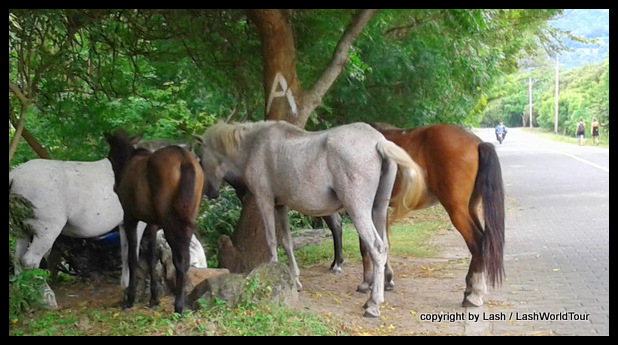
free roaming horses on Ometepe Island
8. Roaming Horses
There are plenty of horses in the small towns and rural areas of Mexico and Guatemala. I’ve even seen local men riding horses as their main means of transportation.
But until I arrived in Nicaragua I’ve never seen horses left to just roam freely outside fenced fields, just roaming and grazing on their own along roads, even in towns.
Here in Nicaragua it’s quite common all over the country. I’ve come across free-roaming horses along roads, near beaches, on Ometepe Island and on the outskirts of towns. Drivers often have to slow down to go around them or wait for them to get off the roads.
I love horses. And right now there are heaps of young fouls following their mothers around. So it’s a real treat for me to see these beautiful horses on a near-daily basis. Sometimes I even get to pet them.
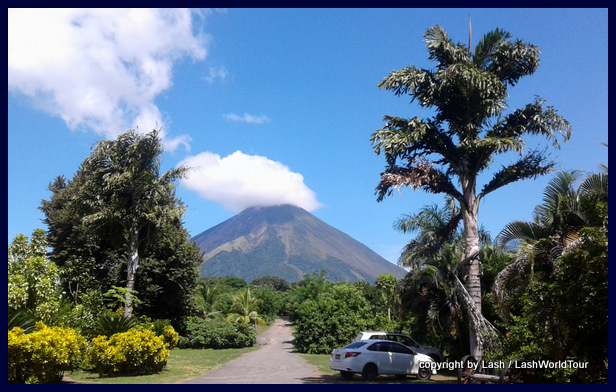 9. Ometepe Island
9. Ometepe Island
Ometepe is a truly unique island. It’s shaped like a barbell and is towered over by two tall volcanic peaks, one set right in the center of each round area. The island is situated in huge Lake Nicaragua, the world’s 20th largest lake.
Conception Volcano is an active volcano that rumbles and spews heavy smoke and ash from time to time. The last series of eruptions were in 2005, 2007, 2009 and 2012. Thus far, it hasn’t buried the towns or other homes scattered around the island…but you never know.
Madera Volcano is dormant and completely covered in dense vegetation, barely resembling a volcano at all.

rolling cigars at Dona Elba Cigar Factory – Granada
10. Fine Cigars
I never knew Nicaragua made world-class cigars. Not until I arrived in Granada and discovered that a popular attraction is the town’s various cigar factories.
I even visited Dona Elba Cigar Factory to learn the entire cigar-making process, which is considerably more complex than I’d imagined. Being an avid non-smoker and extremely sensitive to tobacco smoke, I was hesitant to visit a cigar factory.
But my curiosity and love of learning won out. I’m glad I went since it was an interesting free tour at their cute little workshop type factory. Amazingly, I didn’t even get a headache from the cigar smoke!
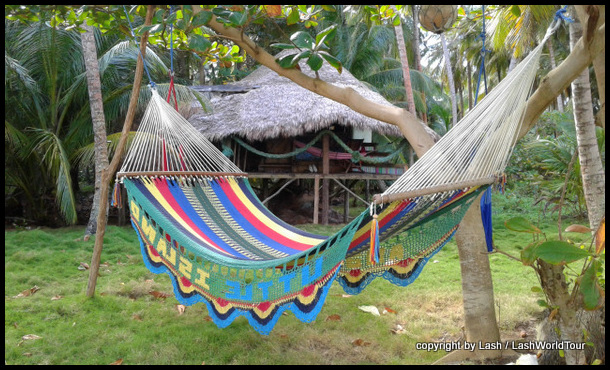
colorful Nicaraguan hammock
11. Distinctive Hammocks
Mexico and all the Central American countries produce and use hammocks. Most people have hammocks in their homes and most hostels, hotels and guest houses have hammocks set around for guests to use.
The Nicaraguan hammocks are distinctly different from those of all other countries. For one thing, long wooden poles are set in place at the head and foot of every hammock. This keeps the hammock spread out wide.
Interestingly, this is the type of hammock I grew up with in the US as my family traveled around the states camping at natoinal and state parks. I found them quite comfortable. I wonder if our family hammock was made in Nicaragua?
Secondly, fancy macrame-d edges hand along the sides of Nicaraguan hammocks, making them a bit more fancy and substantial.
Once you get the idea of Nicaraguan hammocks, they are instantly recognizable from hammocks produced in other countries of the world.
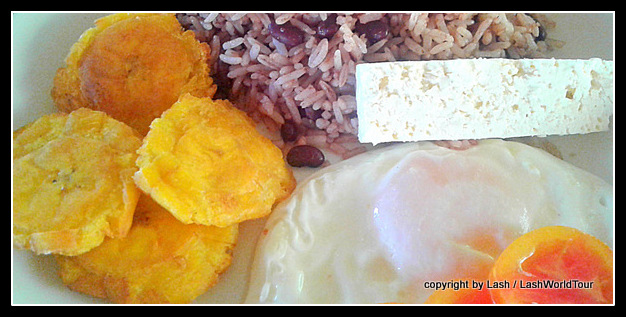
battered & fried plantains on left
12. Distinctive Plantain Cooking
Most Central American countries serve fried plantains for breakfast, sometimes with other meals as well. Generally they are served sweet, soft and gooey, in round pieces cut horizontally on the fruit.
In Nicaragua they do serve this type of soft, sweet fried plantain on occasion. But they also cook them in several different manners as well.
Sometimes the whole entire plantation is served steamed. Sometimes the plantations are cut in long vertical slices and fried or steamed. Other times the plantain is cut in round pieces, dipped in thick batter and deep fried. Finally, plantains are also cut in long, paper-thin strips and deep-fried, making them like potato chips.
Each style of cooked plantain has a surprisingly distinct texture and flavor. Each also has a different name. Partially that is a result of using plantains of different ripeness.
The soft, sweet gooey plantains come from super ripe fruit. They are called plantains.
The drier unsweet versions come from firm, less ripened plantains. They taste and function nutritionally more like potatoes / carbs than fruits. These are called tostones.
Personally, I much prefer the gooey, sweet fried plantains to others, which I generally find extremely dry and unappealing. However, I do also like the plantain chips and the battered, deep-fried version since they’re not nearly as dry as others.
 12. Greeting People with “Goodbye”
12. Greeting People with “Goodbye”
Here in Latin America, it’s normal to greet people on the streets and often in restaurants, bars and cafes upon entering or leaving. Daily life is all pretty friendly and casual in public here.
In Spanish, common greetings include “hola” “buenos dias” “buen dia” “buenas tardes”…Essentially, “hi” “good day” “good afternoon”.
But in Nicaragua locals don’t say “hello”, they say “goodbye” ! Typical replies to my customary “buenas dias” greetings include “adios” and “bye”. It’s really quite strange. And it puzzled me for quite a long time.
I finally asked some local Nicaraguans who speak English well about this phenomenon. They simply confirmed that, yes, Nicaraguans say “goodbye”, not “hello”. Though they couldn’t explain why this is. Beats me!
==================================
You might find the following articles useful:
====================================================



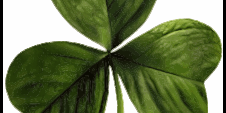


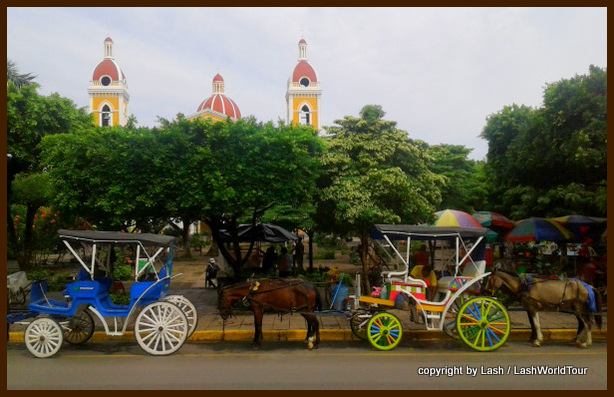
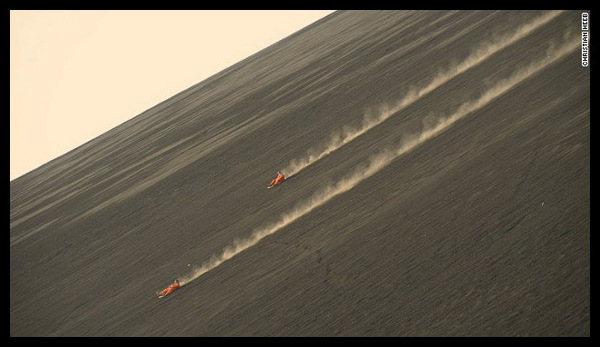
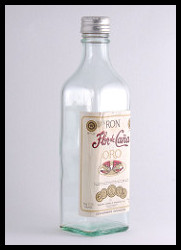

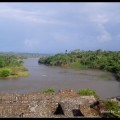

 Hi! I'm Lash, an American nomadic world traveler who's been traveling solo since 1998. I’m passionate about traveling the world nomadically and then sharing it all with you. I hope to inspire you to travel the world, to entertain you with tales from the road, and to help you reach your travel dreams. Welcome!
Hi! I'm Lash, an American nomadic world traveler who's been traveling solo since 1998. I’m passionate about traveling the world nomadically and then sharing it all with you. I hope to inspire you to travel the world, to entertain you with tales from the road, and to help you reach your travel dreams. Welcome! 




2 pings